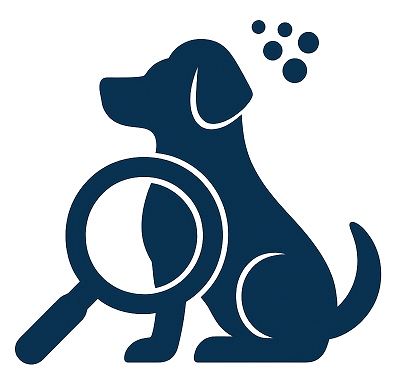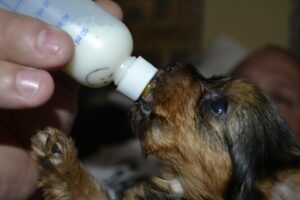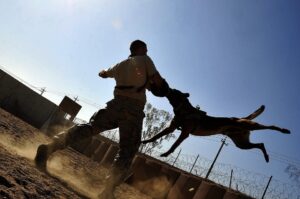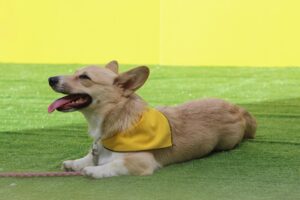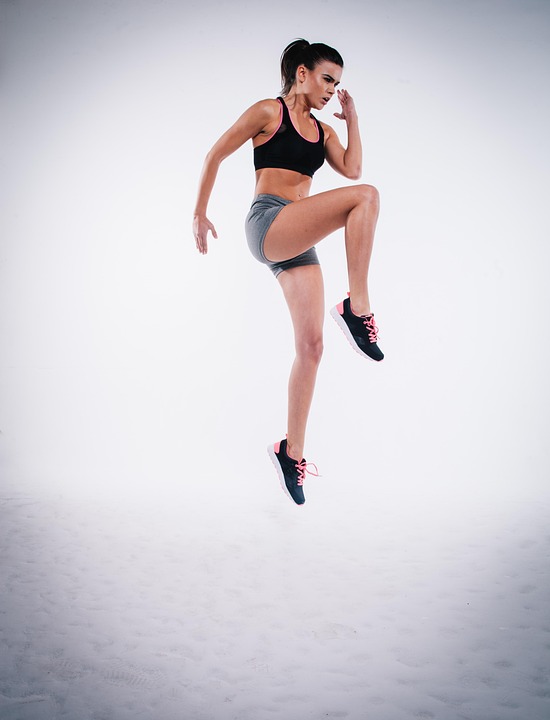
“`html
Understanding Why Dogs Jump on Guests
Before addressing the issue of adult dogs jumping on guests, it is crucial to understand why dogs exhibit this behavior. Jumping is a natural canine behavior often rooted in excitement, greeting rituals, or seeking attention. In the wild, dogs greet each other by sniffing faces, a behavior that translates into jumping when it comes to interacting with humans. Additionally, dogs may jump as a learned behavior if they have been inadvertently rewarded for it in the past.
The Importance of Training Adult Dogs
Training adult dogs requires patience and consistency, but it is never too late to modify a dog’s behavior. Training not only helps in curbing unwanted behaviors like jumping but also strengthens the bond between the owner and the pet. Adult dogs are capable of learning new tricks and behaviors, albeit sometimes at a different pace than puppies.
Effective Tips to Stop Adult Dogs from Jumping on Guests
1. Consistent Training
Consistency is key when training dogs. All family members and guests should be on the same page regarding how to react when the dog jumps. Mixed signals can confuse the dog and make training less effective. Establish a clear set of rules that everyone follows. For instance, decide whether the dog is allowed to jump on anyone at all, including family members, or if the rule is no jumping on humans under any circumstances.
2. Teach the “Off” Command
Teaching the “off” command can be an effective way to deter jumping. This command should be used when the dog is in the act of jumping. Begin by working on this in a calm, controlled environment. Use treats to encourage the dog to stay on all fours. When the dog attempts to jump, say “off” firmly, and reward them with a treat when they comply. Gradually increase distractions to mimic real-life situations where guests are present.
3. Positive Reinforcement
Positive reinforcement is a powerful tool in dog training. Reward the dog with treats, praise, or affection when they greet guests calmly with all four paws on the ground. This method reinforces the desired behavior and encourages the dog to repeat it in the future.
4. Manage the Environment
Managing the environment can prevent the dog from practicing the unwanted behavior. Initially, keep the dog on a leash when guests arrive. This allows you to have control and prevent jumping. As the dog improves, gradually give them more freedom, but be prepared to intervene if they start to jump.
5. Use a Designated Greeting Spot
Establishing a designated greeting spot can be helpful. Teach the dog to sit or stay in a specific area when guests arrive. Practice this routine consistently, rewarding the dog for staying in their spot. Over time, the dog will associate the arrival of guests with going to their designated spot rather than jumping.
6. Redirect Energy
Often, dogs jump out of excitement. Redirecting their energy can help manage this. Engage the dog in a quick game of fetch or tug-of-war before guests arrive to burn off excess energy. Alternatively, teach the dog to fetch a toy when someone comes to the door, giving them something else to focus on besides jumping.
7. Ignore Unwanted Behavior
Ignoring a dog’s jumping can also be an effective strategy. Dogs often jump to get attention. By turning away and ignoring the dog when they jump, you show that jumping is not an effective way to get attention. Once the dog has all four paws on the ground, reward them with attention. This teaches the dog that calm behavior is what earns them attention.
Incorporating Guests into Training
To effectively stop a dog from jumping on guests, it is essential to incorporate guests into the training process. Ask friends or family members to participate in training sessions. Brief them on the training methods you are using, so they know how to react when the dog jumps. The more consistent the interactions are, the quicker the dog will learn.
When to Seek Professional Help
If the dog’s jumping behavior is not improving despite consistent training, it may be time to seek help from a professional dog trainer or behaviorist. They can provide personalized guidance and techniques tailored to the dog’s specific needs. Professional trainers can often identify underlying issues that might not be apparent to the dog owner.
Maintaining Progress
Once the dog has learned not to jump on guests, it is important to maintain progress. Continue to reinforce positive behavior by rewarding the dog for greeting guests calmly. Consistently apply the training methods to prevent regression. Remember, even well-trained dogs can occasionally revert to old behaviors, especially if they are excited or stressed.
Conclusion
Stopping an adult dog from jumping on guests requires patience, consistency, and commitment. By understanding the reasons behind the behavior and applying effective training techniques, dog owners can teach their pets to greet guests in a calm and polite manner. Consistent practice, positive reinforcement, and involving guests in the training process are essential components for success. With time and dedication, adult dogs can learn to curb their jumping behavior, resulting in a more pleasant experience for both the dog and the guests.
“`
